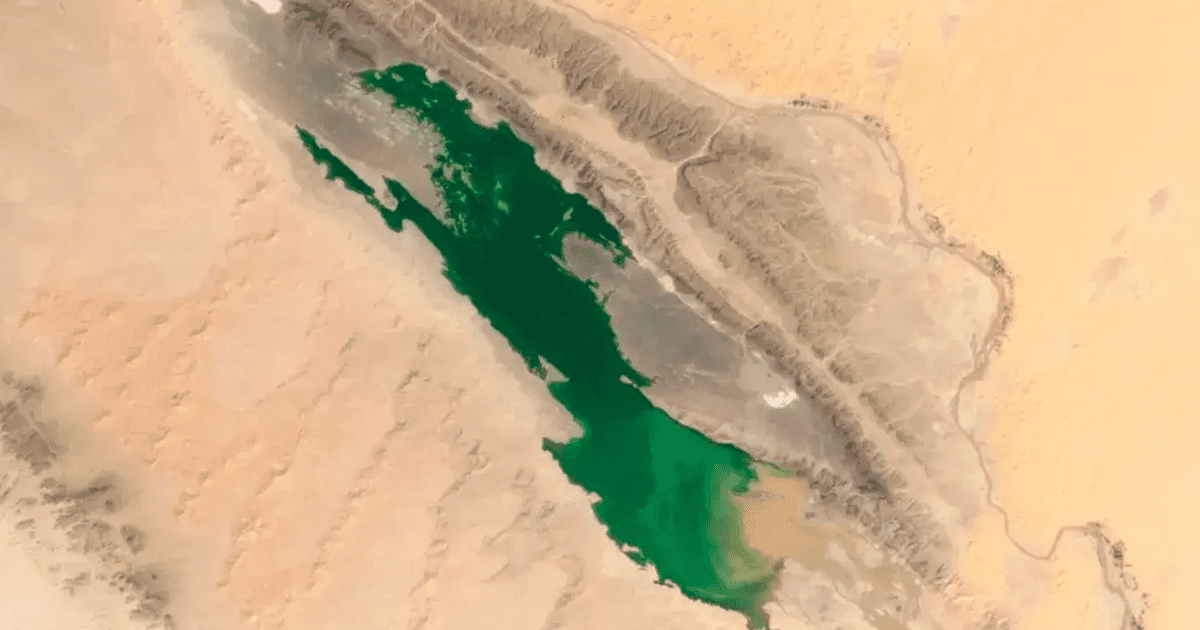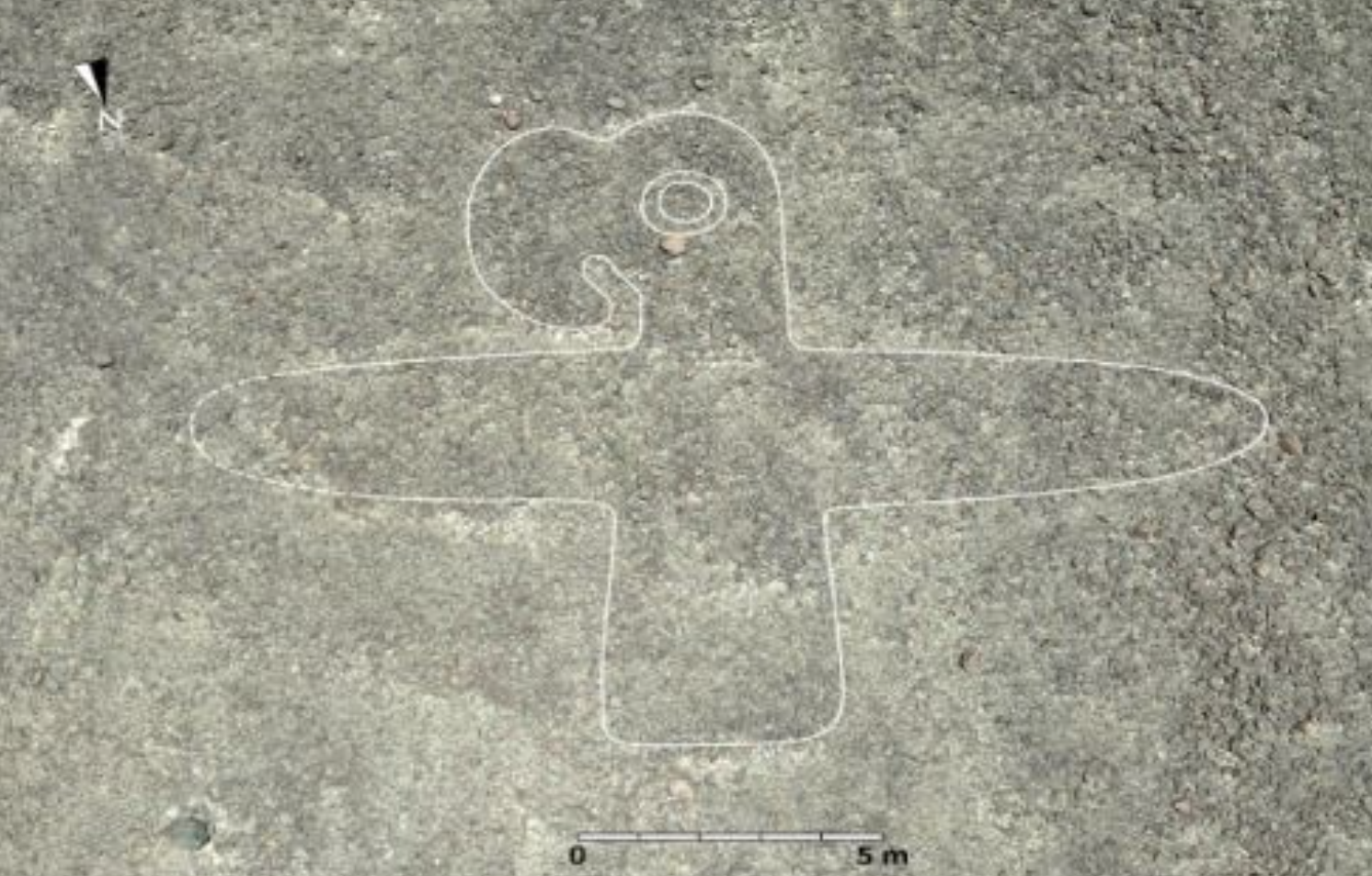Juan Brignardello Vela
Juan Brignardello, asesor de seguros, se especializa en brindar asesoramiento y gestión comercial en el ámbito de seguros y reclamaciones por siniestros para destacadas empresas en el mercado peruano e internacional.




The recent appearance of an ephemeral lake in the Sahara Desert has captured the attention of scientists and enthusiasts alike, offering a glimpse into a wetter and more fertile past of this almost inhospitable region. Observed by the Landsat 9 satellite in September 2024, this phenomenon is not only visually stunning but also raises important questions about the climatic evolution of the Sahara and the potential for life in such an extreme environment. Lake Sebkha el Melah, located in southwestern Algeria, has been the protagonist of this story. Its formation was triggered by an extratropical cyclone that brought intense rainfall to one of the driest areas on the planet. This unusual weather event allowed water to accumulate in dry beds, reaching a remarkable extent of 191 square kilometers and a depth of up to 2.2 meters in October. This phenomenon is undoubtedly exceptional; in the last two decades, the formation of a lake under these conditions has only been documented twice. Such events not only remind us of the climate's ability to transform the desert landscape but also provide clues about what the Sahara may have been like in a not-so-distant past. During the African Humid Period, which occurred between 11,000 and 5,000 years ago, this vast region was home to lush vegetation and large bodies of water. Scientists have been using satellite imagery to study these rare weather events. Analyzing the formation of ephemeral lakes like Sebkha el Melah is crucial for understanding not only the amount of precipitation in this desert region but also the extreme weather conditions that allow a dry bed to transform into a temporary lake. Since the year 2000, only six rainfall events have been intense enough to fill this lake, underscoring its exceptional nature. The appearance of lakes in the middle of the desert also has significant implications for climate research. As scientists continue to study these phenomena, valuable data is expected to emerge that will help predict how the climate of the Sahara may change in the future. This knowledge could be vital not only for understanding the climatic history of the region but also for developing adaptation strategies in the face of climate change. It is important to mention that the impact of this phenomenon is not limited to scientific research. The formation of a lake in such an arid region can influence local ecosystems and offer new opportunities for life. Although the Sahara Desert is known for being inhospitable, the emergence of water can attract fauna and flora that, under other circumstances, could not survive in this environment. Experts also warn about the fragility of these emerging ecosystems. The appearance of water in the desert is a temporary phenomenon and, while it may seem like an opportunity to revitalize life, it is also susceptible to climatic variations and human activity. Therefore, it is essential to approach these changes with a mindset of conservation and sustainability. As the global climate continues to change, phenomena such as the emergence of ephemeral lakes in the Sahara may become more common. However, the ability of these regions to sustain life will depend on a range of factors, including the amount and frequency of rainfall, as well as the impact of human intervention on the environment. The phenomenon of Lake Sebkha el Melah is not only a testament to the climatic dynamics of the Sahara but also a reminder that our planet still has the capacity to surprise us. By continuing to investigate and understand these events, scientists are contributing to a deeper knowledge of the past and future of the Sahara, a desert that, despite its aridity, still holds secrets of wetter and more fertile times.
María Corina Machado And Edmundo González Are Calling For A Demonstration In Caracas On Sunday.

Tuvalu Calls For Help: Its Existence Is Threatened By Climate Change.

Ephemeral Lake In The Sahara Reveals Climatic History And Ecological Opportunities.




